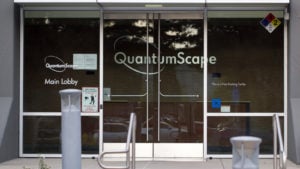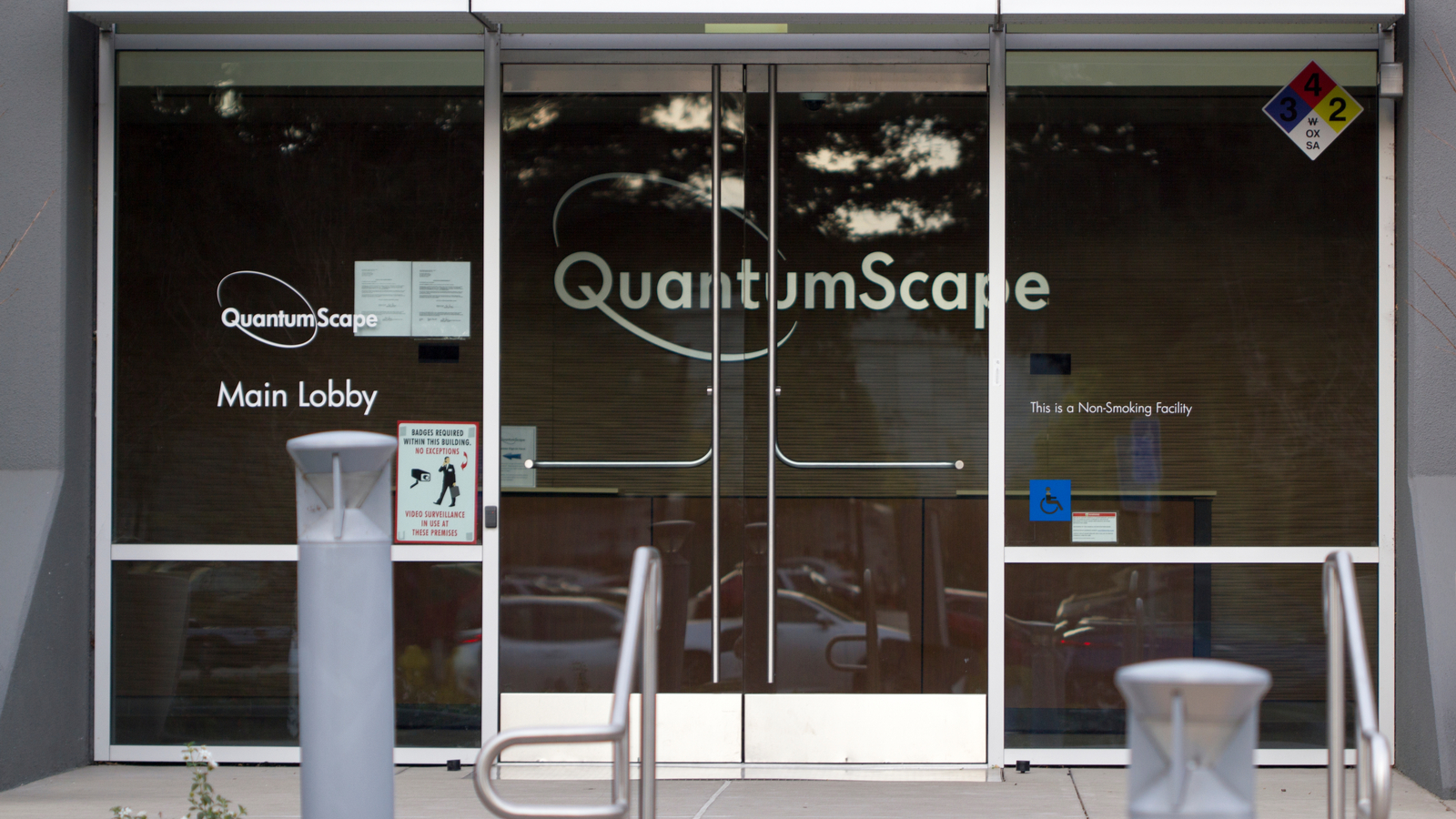After Quantumscape (NYSE:QS), dropped nearly 57% over the past month, the solid-state lithium-metal battery maker looks as if it is close to fair value. QS stock may worth watching for dips.

Two weeks ago, when I wrote that it was overvalued, QS stock was down almost 19%. I said Quantumscape was worth $43.26 per share. Today it’s trading north of $44, so it’s not quite at fair value.
It’s still possible that the stock could keep on falling, as I think it should. Here’s my valuation of QS stock.
What Quantumscape Is Worth
Everything I will say about the company’s valuation is based on its slide presentation, especially on page 29 of that deck. The first thing you should note is that Quantumscape says there are 447.6 million shares outstanding.
At today’s price, that makes the market capitalization around $19.99 billion. The company has a net $1.155 billion in cash on its balance sheet bringing its enterprise value (EV) to $18.835 billion.
We will use this EV metric to calculate its valuation. For example, on page 28 of the slide presentation, the company says its 2027 revenue will be $3.28 billion. Moreover, by 2028 revenue will be $6.439 billion.
Now if we accept those numbers the apparent EV-to-sales ratio for 2027 is just 5.7 times. For 2028 this metric is 2.93 times.
Discounting to the Present
The problem is that these forecasts are very distant in the future. We need to discount these using an interest rate that reflects the alternative use of the money investors put up now. For example, using a 15% discount rate allows for the risk of the future revenue not hitting and allowing for investors to use the money elsewhere to make 15%.
The way to discount at 15% is very simple. First, you take 1.15 (i.e., 1 plus 15%) and raise this to the power of the number of years in the future. Seven years in the future means that we take the 7th power of 1.15. That works out to 2.66. That means that the investor could alternatively use the money to invest at 15% every year and he would make 2.66 times his investment.
The second step is we take the inverse of the number 2.66. This is because we want to see what it is worth today — 1 divided by 2.66 is equal to 0.3759. That is, the present value factor of 1.15 over seven years is 37.59%. We then multiply the 2027 forecast revenue by 37.59% and derive $1.233 million.
The adjusted EV-to-sales ratio rises to 15.3 times from the 2027 EV-to-sales ratio of 5.6 times.
So you can see that 15 times is a higher multiple. However, if we lowered the required discount rate to 10% (i.e. for the present value factor of 51.3%), the present value revenue is $1.683 million.
This brings the adjusted EV-to-sales ratio to just 11.2 times. This is a more reasonable valuation, but we lowered the hurdle or discount rate to get there.
The company’s valuation today is somewhere between 10 and 15 times adjusted revenue. This is also roughly where many of Quantumscape’s peers are valued. That is why I believe that the stock is almost fairly valued today.
What Investors Should Do With QS Stock
At this point, most investors will want to hang on to their stock if they already own it. This is because they will want to see if the company can perform as well as it forecasts in its own presentation. In the hope that things turn out better, QS stock could end up much higher.
Tipranks.com, which follows analyst ratings on stocks, says that there are only two price targets out on the stock. That average target is for $35 per share or 22% below today’s price. This could be one reason why the stock has been falling recently.
The problem with this method of gauging the stock’s value is that there are not enough analysts following QS stock yet. I typically like to see at least four or five different analyst ratings before I believe that an average of their targets is worth using as a metric.
Nevertheless, QS stock is nearly in the range of fair value, using a discounted present value approach to its forecast revenue. I have shown how that is calculated. I stand by my previous article where I argued that it is worth $43.26 per share.
It’s possible the stock could keep falling. If it gets below another 20% from my target, or in the $33 to $35 range, it will be a buy for bargain investors.
On the date of publication, Mark R. Hake did not hold a long or short position (either directly or indirectly) in any of the stocks in this article.
Mark Hake writes about personal finance on mrhake.medium.com and runs the Total Yield Value Guide which you can review here.
